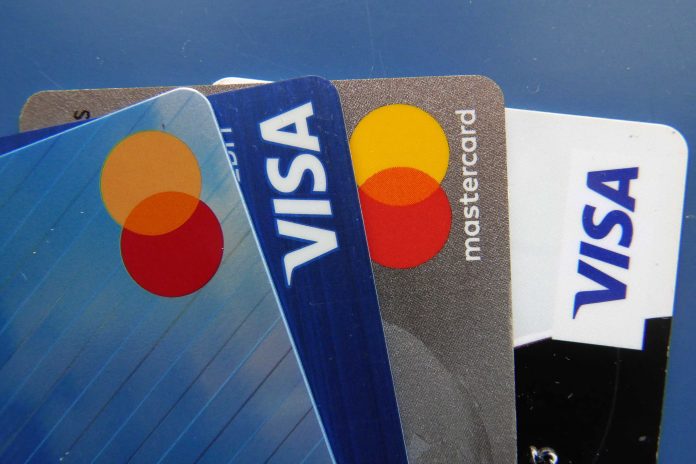
By BEV O’SHEA of NerdWallet
Credit scoring can feel like a frustrating game — falls can be sudden and swift, and climbing is a slow slog. In reality, “all scoring models and lenders are aiming to do the same thing, which is to minimize risk and things like missing payments, high balances,” says Jeff Richardson, senior vice president of marketing and communications for VantageScore, one of the two leading credit scoring companies.
The traditional advice of paying on time and keeping balances low will eventually result in decent credit. But you can speed it up.
CHECK YOUR CREDIT
To start, take a look at your credit reports by using AnnualCreditReport.com. Check to see that the information is accurate, especially for addresses you don’t recognize, since that can suggest fraudulent accounts or same-name mix-ups. Also make sure account numbers and activity are what you expect. You can dispute errors, and the change in score after a successful dispute could be significant.
AVOID COSTLY MISSTEPS
Next, avoid doing things that work against building your credit. These include:
— Paying late — the impact is large and lasting.
— Closing credit cards — it can reduce your overall credit limit and the length of your credit history.
— Applying for a lot of credit at once — credit checks can nick your score.
— Letting card balances stay above 30% of the limit — credit utilization, or the portion of your limit you have in use, has a major impact on scores.
While paying down balances is a good idea, it’s not always realistic.
BE STRATEGIC
If you’re whittling down credit card balances, be strategic. The number of cards with balances influences credit scores, says credit expert John Ulzheimer. The “snowball method” of debt repayment focuses on wiping out your smallest balances first.
Relatedly, if you have only one credit card, Ulzheimer says adding a card or two could be useful. Assuming your spending stays about the same, the credit limits on the new cards will reduce your overall credit utilization. And if your card is lost or stolen, you still have access to credit.
You can move credit card debt to a personal loan or even a 401(k) loan, essentially making it disappear from credit utilization calculations. But if you have not addressed the circumstances that led to the high balances, a new loan could be a step deeper into debt.
ADD POSITIVE INFORMATION
Credit slip-ups can hurt, but adding positive information to your credit reports can help counteract the damage. There are at least five ways to get on the credit radar or to rehabilitate a damaged score.
AUTHORIZED USER: If you have a friend or relative with a long credit history, a high score and relatively high credit limits, ask if they are willing to add you as an authorized user. Authorized user status allows additional good data to your credit history, such as on-time payments, credit age and low credit utilization. Authorized user status is most powerful for people who have no credit report or a thin file. Its impact can be felt as soon as it’s reported to the credit bureaus.
STORE CREDIT CARD: Retail credit cards typically have more flexibility in approving applications, says Max Axler, deputy chief credit officer of Synchrony, a consumer finance company that issues credit cards across a variety of industries. He says Synchrony uses VantageScore 4.0 as part of its decision making and may also consider other factors, such as banking activity, customer history and cell phone payments. Store credit cards tend to carry high interest rates, so try to pay in full every month or finish a 0% promotion plan well before it ends.
SECURED CREDIT CARDS: As their name implies, secured credit cards are secured by a deposit with the issuing bank. Your credit limit is typically equal to your deposit. As with any other credit card, it’s best to keep your credit utilization well under 30%.
CREDIT-BUILDER LOANS: These turn traditional loans upside down. Instead of getting a lump sum at the beginning and then paying it back, you make payments and get the lump sum at the end of the loan term.
CO-SIGNED CREDIT: Some lenders will approve you for a loan if someone with stronger credit co-signs the loan. It can help credit even if the primary borrower was never expected to pay (as with parents buying their child a car). However, both signers are fully on the hook for the loan, and the loan could limit the co-signer’s borrowing power. If the primary borrower doesn’t pay or pays late, the co-signer’s credit is on the line.



















